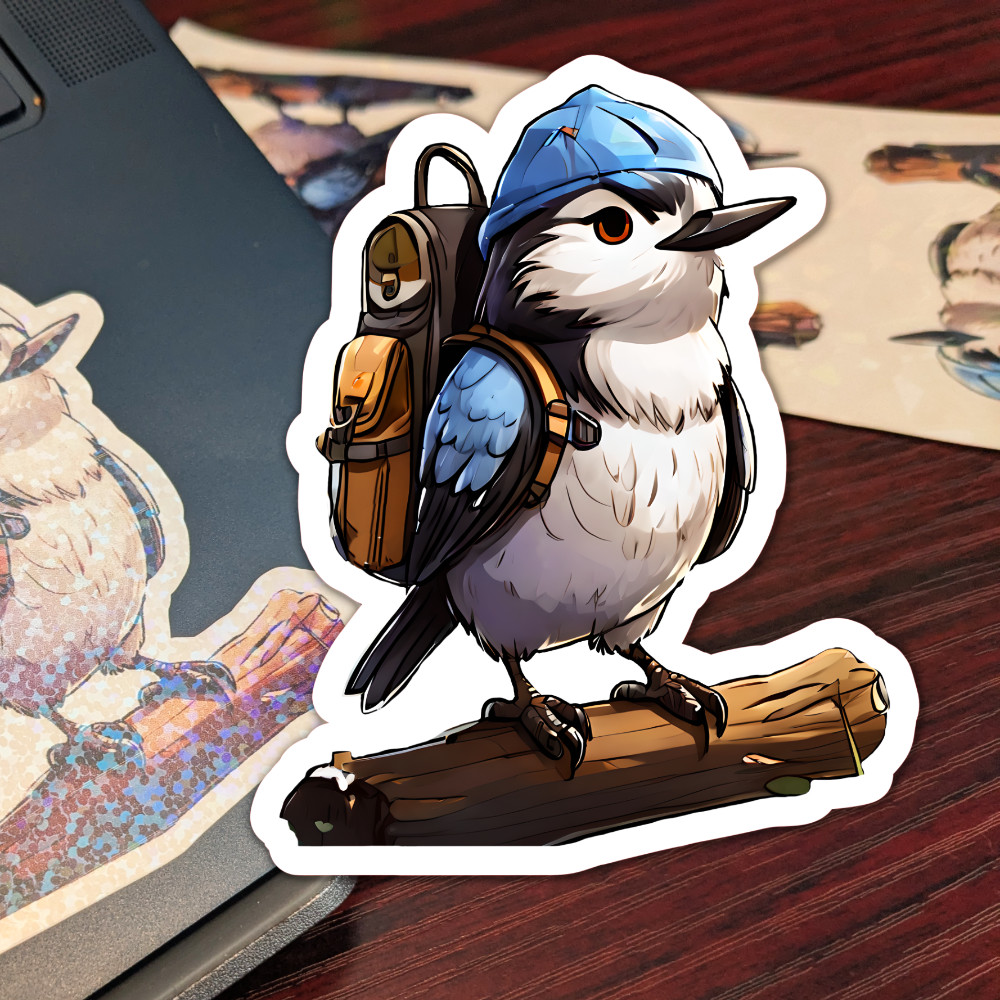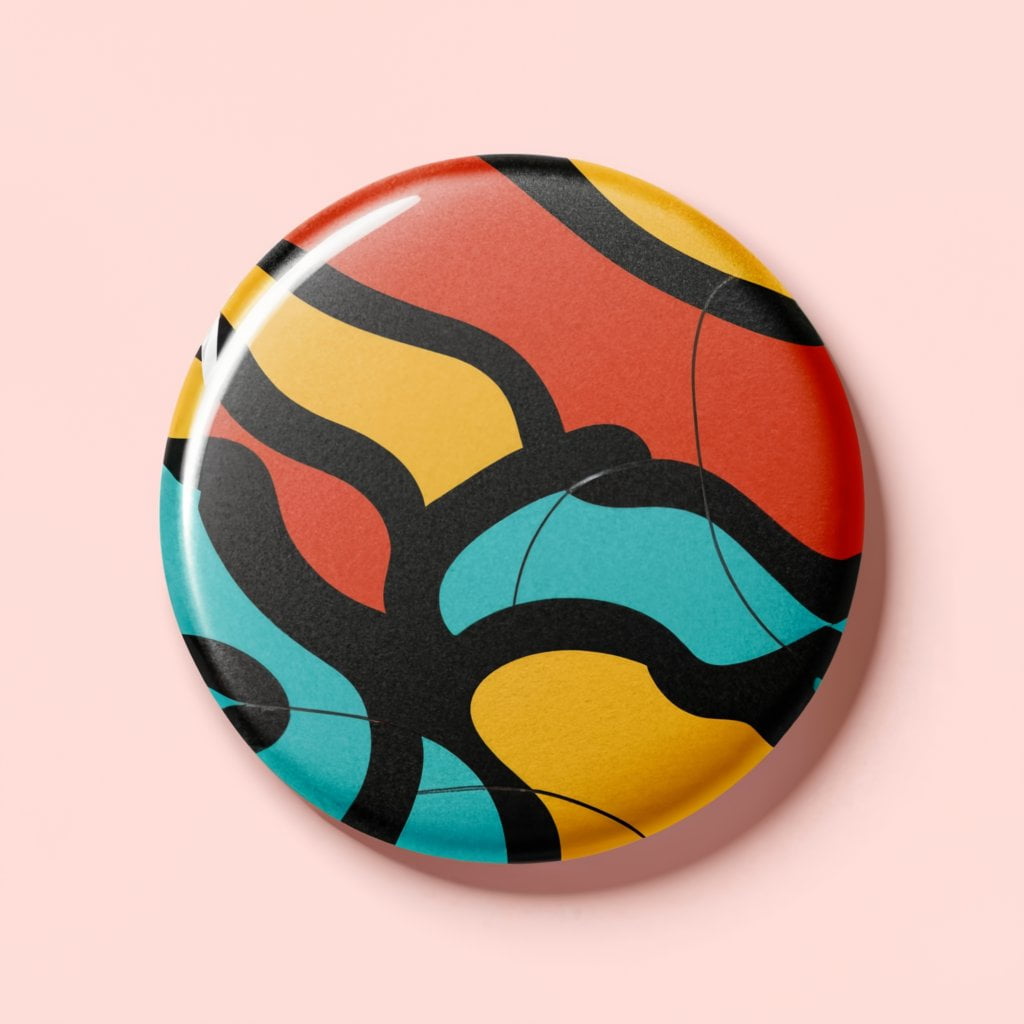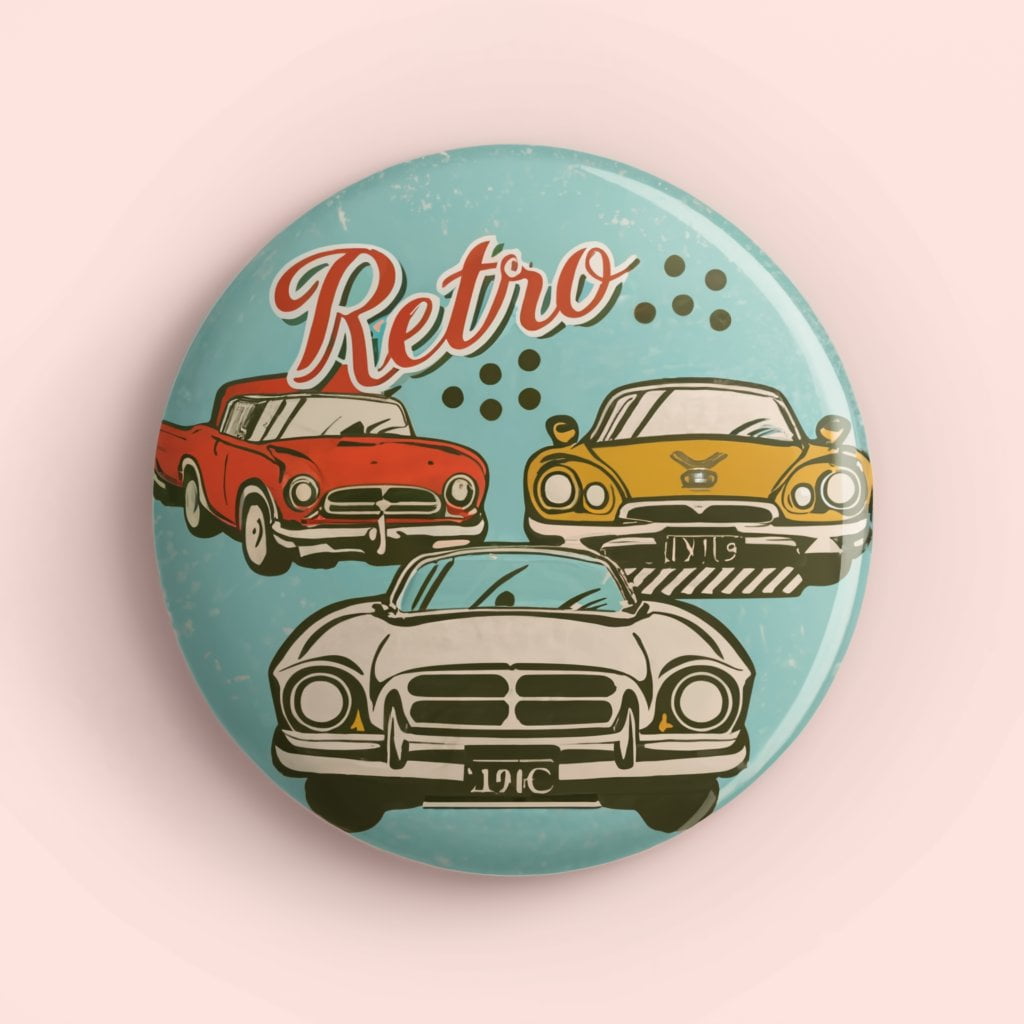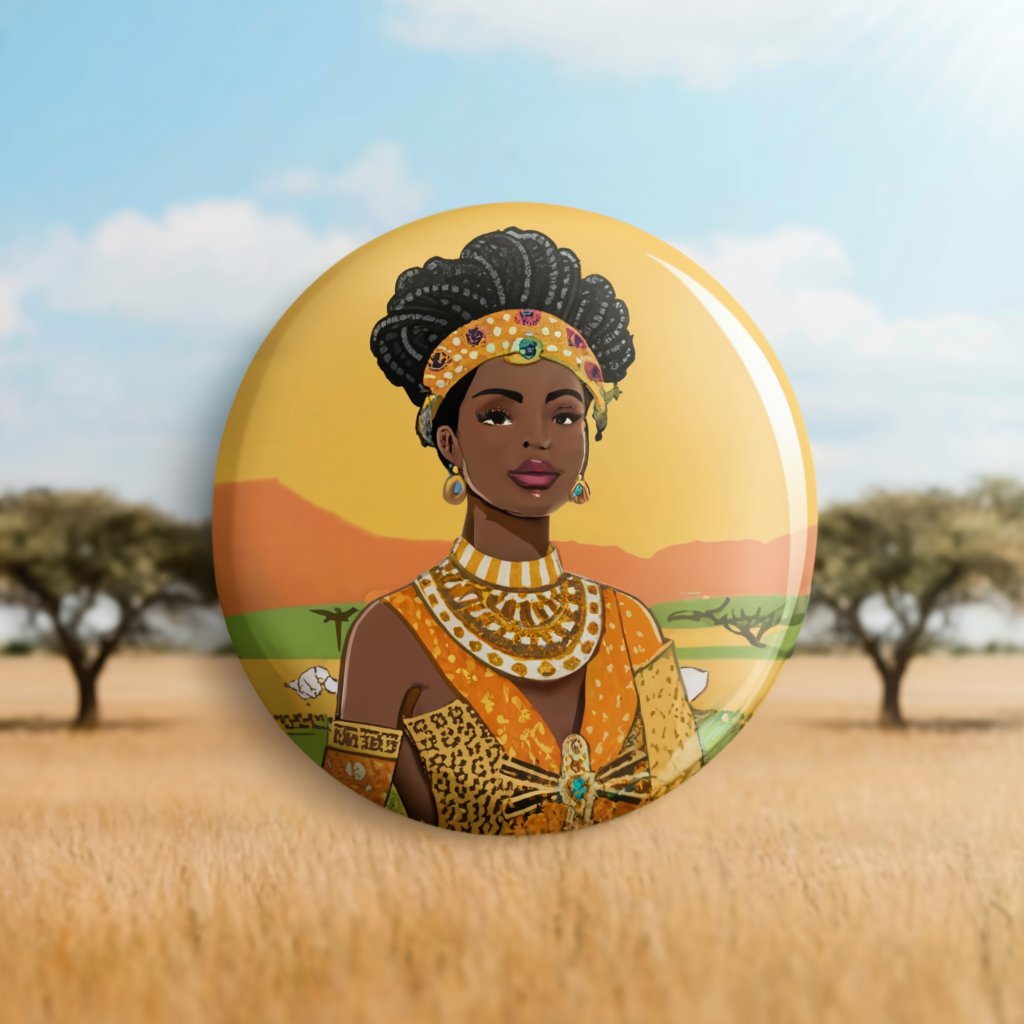Table of Contents
A Journey Through History, Culture, and Cheerful Expression
The Birth of the Button Pin: A Political Start
The story of button pins begins in the late 19th century. In 1896, a man named Benjamin S. Whitehead was granted a patent for a “badge pin” that could display printed messages or images. This invention was revolutionary because it allowed people to wear their beliefs, loyalties, and causes on their sleeves—quite literally. Whitehead’s design used a metal backing with a pin attached and a protective layer of celluloid over the printed image, making it durable and easy to produce in large quantities.
The timing of this invention was perfect, as it coincided with the U.S. presidential election of 1896. William McKinley’s campaign was the first to use button pins as a means of political promotion. His supporters wore pins featuring his likeness and slogans, signaling their allegiance in a way that was both visible and affordable. This marked the beginning of the button pin as a staple of political campaigns, a tradition that continues to this day.
From Politics to Pop Culture: The Rise of the Button Pin
While button pins had their roots in politics, it didn’t take long for them to expand into other areas of society. By the early 20th century, button pins were being used to advertise everything from products to entertainment. Coca-Cola, for example, produced some of the earliest commercial button pins, using them as giveaways to promote their brand. These little pins became collectibles, creating a culture of pin trading and collecting that persists to this day.
In the 1950s and 60s, button pins found a new purpose as symbols of social change. The civil rights movement, anti-war protests, and various other social causes adopted button pins as a way to spread their messages. Pins with slogans like “Ban the Bomb” or “I Have a Dream” became powerful tools for activists, allowing individuals to display their support for causes with just a small piece of metal.
The Button Pin Revolution: A Canvas for Creativity
By the 1970s, button pins had become a staple of the counterculture movement. Punk rock bands, in particular, embraced the button pin as a way to express their rebellious ethos. Fans adorned their jackets and bags with pins featuring their favorite bands, political statements, and irreverent slogans. These pins were more than just accessories; they were a form of identity and a way to communicate one’s values and tastes to the world.
The DIY ethos of the punk movement also inspired people to create their own button pins. With the right equipment, anyone could design and produce their own pins, leading to a boom in personalized and custom-made pins. This accessibility helped solidify button pins as a democratic form of expression, open to anyone with something to say.
Button Pins in the Digital Age: A Nostalgic Revival
In the 21st century, button pins have experienced a resurgence, thanks in part to nostalgia and the rise of indie and DIY cultures. While digital media dominates the landscape of communication, there’s something enduringly charming about a physical object that carries a message. Button pins offer a tangible connection to the past, a nod to the eras when people wore their hearts on their sleeves—literally.
Today, button pins are used by everyone from artists and designers to activists and entrepreneurs. They’re a way to promote brands, spread messages, or simply add a bit of flair to an outfit. Social movements continue to use them as tools for raising awareness, and fans still collect pins featuring their favorite characters, bands, or slogans.
The Button Pin Legacy: Small But Mighty
The history of the button pin is a testament to the power of small things. These tiny, round badges have been used to sway elections, promote products, rally support for causes, and express individuality. They’re a reminder that sometimes, the simplest tools can be the most effective in making a statement.
Button pins have evolved from their political origins into a versatile and enduring form of communication. They’re a symbol of the power of the people, of grassroots movements, and of the enduring human desire to express oneself. Whether you wear a button pin to show your support for a cause, advertise a brand, or simply because it looks cool, you’re participating in a tradition that spans more than a century—a tradition that shows no signs of fading away.
Conclusion
So next time you pin a button to your jacket or bag, take a moment to appreciate the rich history behind that little piece of flair. It’s not just an accessory; it’s a piece of history, a statement, and a symbol of the enduring power of personal expression. Button pins might seem like simple accessories today, but these small, round pieces of flair have a surprisingly rich history, steeped in social movements, politics, pop culture, and personal expression.
From their humble beginnings to their role as symbols of change and identity, button pins have been worn by everyone from politicians to punk rockers, each using them to make a statement, big or small. So, where did these iconic little badges come from, and how did they become such a powerful tool for communication and expression?










